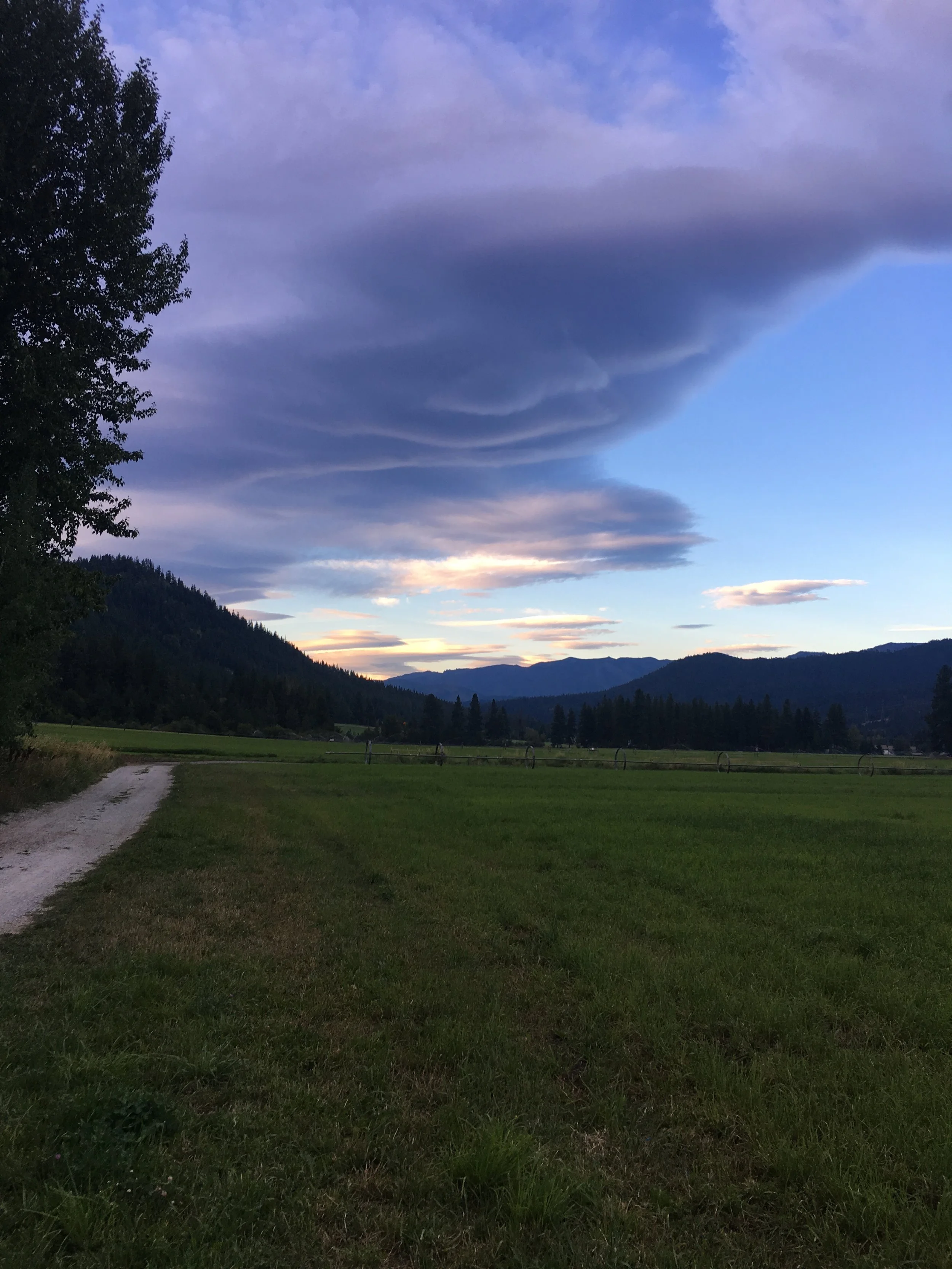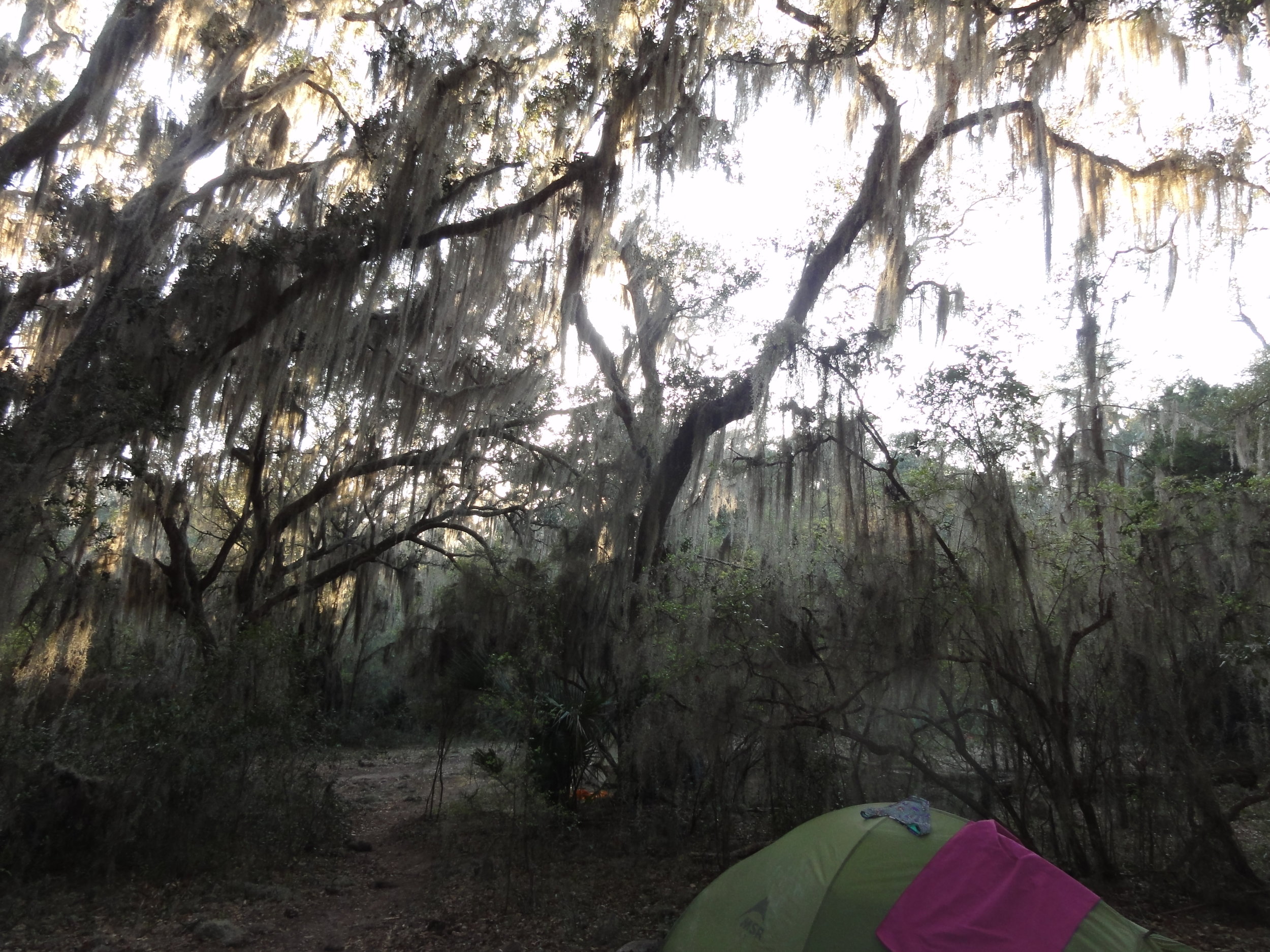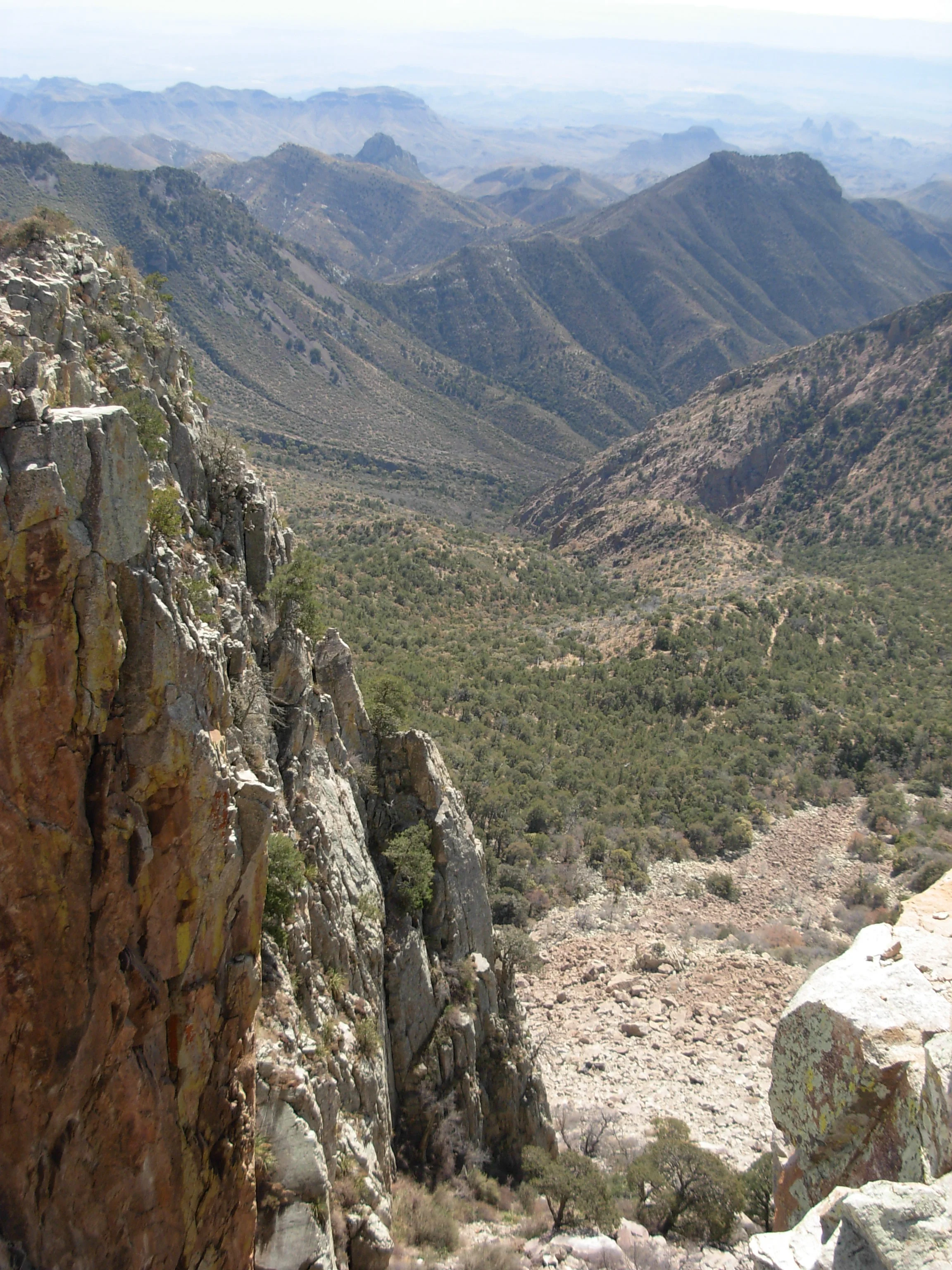Finding a Place to Play - Part I
Novice’s Knowledge: If I wanted to find a place to hunt elk and plan a trip, I literally have no idea how to begin. This post will explore how to go from zero to semi-competent about seeking out and finding recreation possibilities on public lands and how I picked the state that I would pursue my hunt.
---
This will be more of a hunting specific post, but it will still paint a picture of how to find a location for your recreating opportunities on public land. The best resources for a general public land pursuit will be to google “Public Land in ___” or check out this site for opportunities in Western states. Google is your best friend here and will lead you to state agency sites as well as plenty of forums that will be a great resource.
Let’s begin by going back in time to set this story up properly. I had gone on my first elk hunt in Wyoming in September 2016 and I became hooked. I vowed to myself that by the time I was 30 I would harvest an elk with my bow. At the start of 2017, I had a list of reasons built up in my head about why I couldn’t hunt the September rut that year. Come June of that same year, as the thought of putting together a workup plan started swimming around in my mind, I took those excuses and ripped each one to shreds. Giving up a year was just not acceptable to achieving my goal and pursuit of an adventure so I began thinking about how to make it work.
Moving vacation time around was simple enough. Planning around family events was totally realistic. But I was late. It was already June and I knew from my previous Wyoming hunt that Western states followed a raffle or preference point allocation of tags and that applications were always due at the end of the previous year. What this means is that you must submit some sort of application/payment prior to a deadline (that is almost always 9+ months prior to the season) to enter those raffles or allocation systems for the coming year’s hunt. That wouldn’t work for me as it was already June of the year I wanted to hunt. I figured this brief spark of an idea to hunt 2017 was damned, but I may as well poke around online to see what I could find. I was pleasantly surprised.
Let’s take a sidebar for a moment and talk about wildlife management, population studies, quotas and tags. My brain works like this so you’re just going to have to stick around for the ride. See, there’s a unique way that land and game management is set up. Recall from the post about federally managed public lands that those are federal (duh) agencies that oversee the management. Animal species management is different. **GENERALIZED STATEMENT UPCOMING THAT MAY GET SOMEONE WHO IS KNOWLEDGEABLE IN THIS SUBJECT FIRED UP BECAUSE I’M SIMPLIFYING THE CONCEPT** Each state is charged with managing the animal species population and well-being that reside within its borders. Why? Because animal species populations can fluctuate rapidly within a few short years. The federal government and its agencies are the epitome of slow, cumbersome and bureaucratic. This works when it comes to managing landscapes whose change takes decades. The states are quicker to action (relatively speaking), which is beneficial to managing their local species that fluctuate within months to years.
The number of hunting permits that are available for a certain species of animal in each year is a function of the total population of that animal as well as an assumed hunter success rate. State agencies do population surveys to monitor wildlife survival rates through hunting seasons, winters, calving seasons, etc. and use that data to set a quota for how many hunting tags they are going to sell in each year. Think of a tag as the right to pursue a single animal.
Here's a theoretical example. Say for a given landscape, the state determines that a normal sustainable population is 100. If they expect non-hunting related mortalities in the population for the year to be 20 and they sample the population and find it to be at 160, then there is a surplus of population that the state can then issue hunting tags for to reduce the population to the sustainable number. Simple math would put the expected surplus at 40. If, for that species, historical harvest rates (i.e. number of successful hunters divided by total number of hunters) is 25%, then the state could set a tag quota of 160 tags (40 animals to be harvested divided by 25% success rate). These tags can then be sold in whatever fashion that state chooses to based on that state’s rules (raffle, preference, etc.).
The easiest way to think of it is this way – the federal government manages the place (land) that we have the right to access in pursuit of the thing (game species) that the state manages and permits us to hunt based on population levels.
Oversimplified side bar over. Back to the issue I was facing in June. Because my activity on public land was already chosen (elk hunt) what I needed to find was a state that still had left over tags in their quota that I could purchase. What I was delighted to find was that my initial assumption about me being too late for a raffle or preference point system was incorrect. There are a handful of states that offer hunters a chance at an over-the-counter (OTC) licenses. This means that if the quota for tag sales had not been met, that anyone was free to purchase a tag, online or in person (literally OTC if you live in the state).
Holy freaking yes, my desire to hunt 2017 was not dead.
There are six states that allow for out-of-state OTC elk tag purchases – Washington, Oregon, Idaho, Utah, Colorado and Arizona. Here’s the rigorous thought process I went through to pick which state to hunt - ‘I’ve visited every state on that list besides Idaho. I like seeing new places so let’s try Idaho.’ While I could have spent a lot more time getting deep into the weeds considering what state I wanted to pursue my hunt in, sometimes it’s just easiest to make a decision and move forward. Plus, there was a TON of work remaining to zero in on where in Idaho I wanted to hunt.
Once I decided on a state, I scoured its Fish and Game website for information to help guide selecting a location within the state to hunt. Once again, Google “[State Name] Fish and Game” and you will find the correct agency. Here is Idaho’s. Hats off to them, they have a great site that’s easy to navigate. Not all State’s agencies are called Fish and Game, but I promise you’ll find those in charge of managing the wildlife in short order. States will split themselves up into small Zones or Units for managing hunting quotas. Therefore, when you buy a hunting tag, it is specific to that exact Zone or Unit within that state.
I’ll leave this post here as there is a lot to talk through and data to talk about when it came to the final selection within the state of Idaho. In my next post, I will cover the detailed specifics of going from ‘I want to hunt in Idaho’ to ‘I am hunting Zone XYZ and will launch at this specific trailhead’. This is where the fun truly begins.
Kyle Zibrowski


